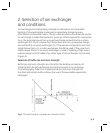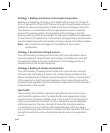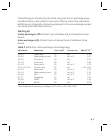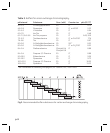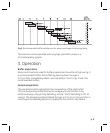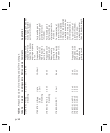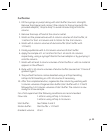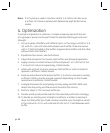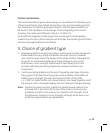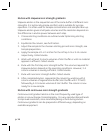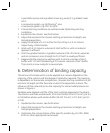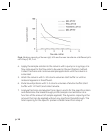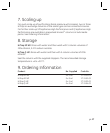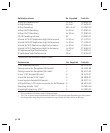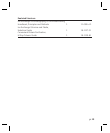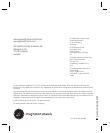p. 15
– A peristaltic pump and a gradient mixer e.g. pump P-1, gradient mixer
GM-1.
– A one pump system, e.g. ÄKTAprime
™
plus.
– A two pump system, e.g FPLC or ÄKTA.
1. Choose starting conditions as outlined under Optimizing starting
conditions.
2. Equilibrate the column, see Purification.
3. Adjust the sample to the chosen starting pH and ionic strength, see
Sample preparation.
4. Apply the sample at 1 or 5 ml/min for the HiTrap 1 or 5 ml column
respectively. Collect eluate.
5. Wash with 5–10 column volumes of start buffer or until no material
appears in effluent.
6. Start the gradient elution. A gradient volume of 10–20 column volumes
and an increase in ionic strength to 0.5 M NaCl is usually sufficient.
7. Regenerate the column by washing with 5 column volumes of start
buffer with 1 M NaCl followed by 5–10 column volumes of start buffer.
The column is now ready for a new sample.
6. Determination of binding capacity
The amount of sample which can be applied to a column depends on the
capacity of the column and the degree of resolution required. The capacity
is dependent on the sample composition, choosen starting conditions of pH
and ionic strength and the flow rate at which the separation is done. The
influence of flow rate and pH on the capacity for some model proteins are
shown in Figure 4.
Samples were applied until 5% of the start material appeared in the eluent.
The column was then washed with 10 ml start buffer (20 mM Tris-HCl, pH 8.2
or 9.0) before elution with elution buffer (20 mM Tris-HCl, 1.0 M NaCl, pH 8.2
or 9.0).
1. Equilibrate the column, see Purification.
2. Adjust the sample to the chosen starting pH and ionic strength, see
Sample preparation.
3. Determine the concentration of the specific proteins by UV, SDS- PAGE,
ELISA or other appropriate techniques.



